Keeping it Spick and Span: Adapting Cleaning Schedules for Flexible and 24/7 Workspaces
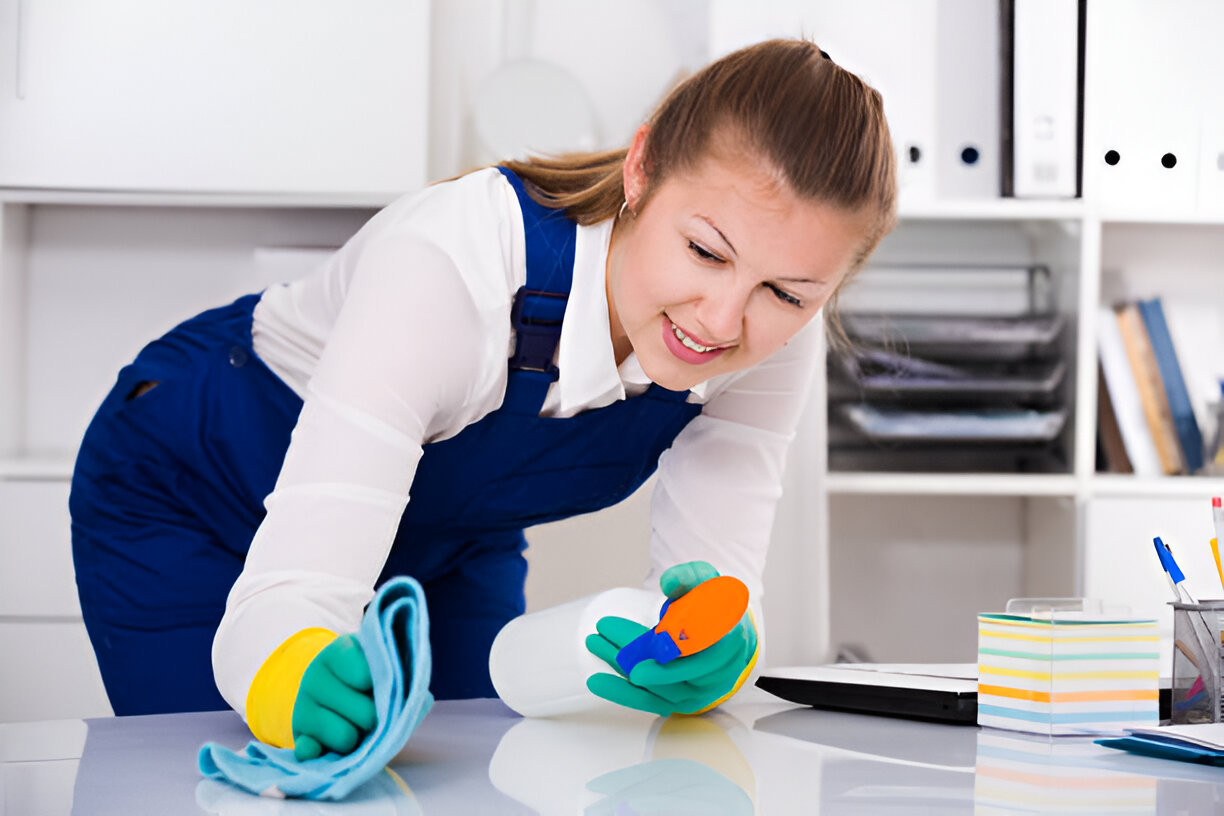
The traditional 9-to-5 office is becoming a thing of the past. With the rise of hybrid working, hot-desking, and round-the-clock operations, many businesses are embracing flexible and 24/7 workspaces. While this offers immense benefits in terms of productivity and employee satisfaction, it also presents a unique challenge: how do you keep these dynamic environments consistently clean and hygienic?
A fixed, once-a-day clean simply won't cut it anymore. Here in the UK, businesses are increasingly looking for smarter, more agile cleaning solutions. Here's how to adapt your cleaning schedules to ensure your flexible and 24/7 workspace remains a healthy, pleasant, and productive environment for everyone.
The Problem with the Old Ways
Think about it: in a traditional office, a cleaner might come in after hours, do a thorough job, and then leave. Everyone arrives the next morning to a fresh space. But if your office is open 24/7, or if different teams are using it at different times throughout the day and night, that 'clean slate' quickly becomes smudged. High-traffic areas get dirty faster, shared desks become breeding grounds for germs, and the overall impression can quickly decline.
Embracing a Dynamic Approach
The key is to move away from rigid, scheduled cleaning and towards a more dynamic, responsive model. This involves a combination of strategies:
1. Zoned Cleaning & High-Traffic Hotspots:
Identify areas that see the most activity throughout the day. These are your "hotspots" and require more frequent attention. Think:
- Kitchens and breakout areas: Spills, crumbs, and general usage mean these need multiple checks and cleans daily.
- Toilets and washrooms: Absolutely critical for hygiene, these should be spot-checked and cleaned several times, especially during peak hours.
- Shared desks and workstations: If hot-desking is in operation, each desk should ideally be wiped down between users (or readily available sanitising wipes provided).
- Meeting rooms: After each use, or at least several times a day, these should be tidied and surfaces wiped.
- Door handles, light switches, and lift buttons: High-touch points are prime areas for germ transmission and need regular disinfection.
2. Shift-Based Cleaning:
If your workspace operates in shifts, consider aligning cleaning duties with these changes. A light clean and tidy-up could happen at the end of each major shift, ensuring the next group of users arrives to a reasonably fresh environment. This could involve:
- Emptying bins
- Wiping down surfaces
- Restocking supplies (toilet paper, hand soap, etc.)
- Quick vacuuming of high-traffic walkways
3. Daytime Porters/Cleaners:
For truly 24/7 operations, or very busy flexible spaces, having a dedicated daytime porter or cleaner can be invaluable. Their role isn't just about deep cleaning, but more about maintaining standards throughout the day. They can:
- Respond to spills and immediate cleaning needs.
- Ensure washrooms are consistently stocked and clean.
- Tidy up communal areas as they get used.
- Proactively wipe down high-touch surfaces.
4. Technology-Enabled Cleaning:
Smart technology can play a role. Sensor-driven bin emptying alerts, or even occupancy sensors in washrooms, can help cleaning teams prioritise where their efforts are most needed. Feedback apps where employees can report issues can also streamline the process.
5. Employee Empowerment:
Encourage a culture of shared responsibility. Provide readily available cleaning supplies (wipes, sprays) at workstations and in communal areas, making it easy for employees to do their bit. A simple "tidy up after yourself" policy can make a big difference, especially in kitchens and meeting rooms.
6. Regular Deep Cleans:
While daily maintenance is crucial, don't neglect the need for comprehensive deep cleans. These can be scheduled less frequently (e.g., weekly or fortnightly), focusing on areas that don't get daily attention, like carpets, upholstery, and hard-to-reach spots. These ensure a consistently high standard of hygiene.
The Benefits of a Flexible Cleaning Strategy
Investing in an adaptive cleaning schedule isn't just about aesthetics; it brings tangible benefits:
- Improved Hygiene: Reduced spread of germs, leading to fewer sick days.
- Enhanced Employee Well-being: A clean environment boosts morale and productivity.
- Positive First Impressions: Projects a professional image to clients and visitors.
- Longer Asset Lifespan: Regular cleaning and maintenance protect your office furniture and equipment.
- Compliance: Meets health and safety standards.
In today's dynamic work landscape, a well-thought-out and flexible cleaning strategy is no longer a luxury, but a necessity. By embracing these adaptable approaches, businesses can ensure their modern workspaces remain pristine, promoting health, happiness, and productivity around the clock.
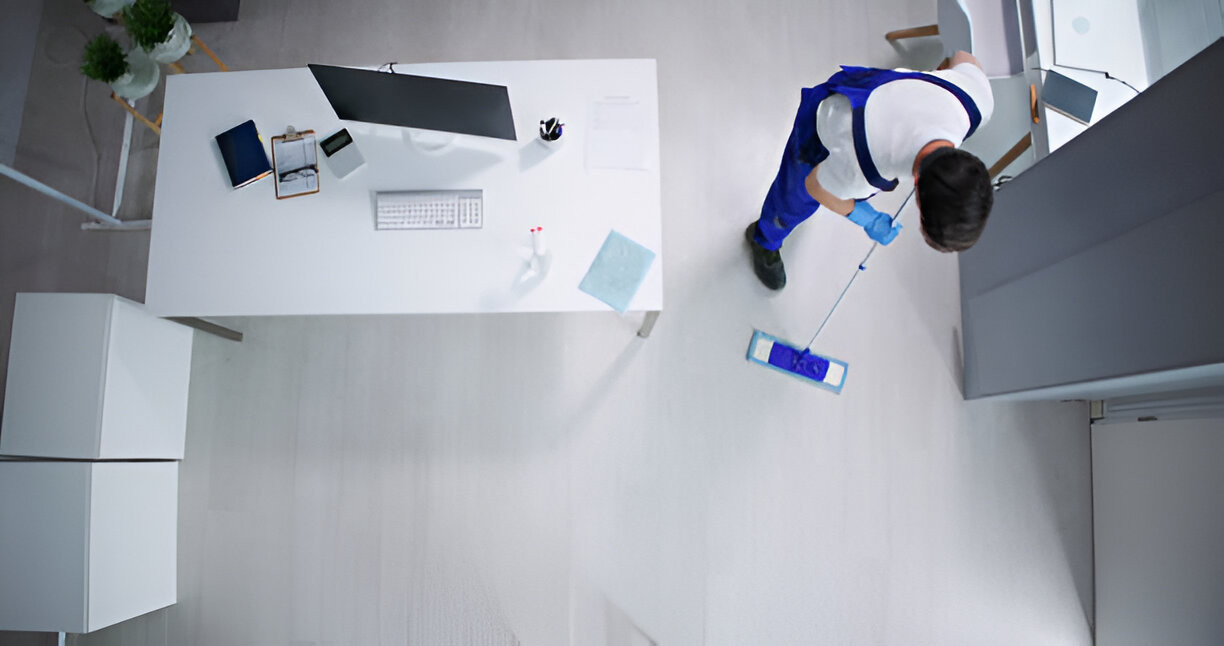
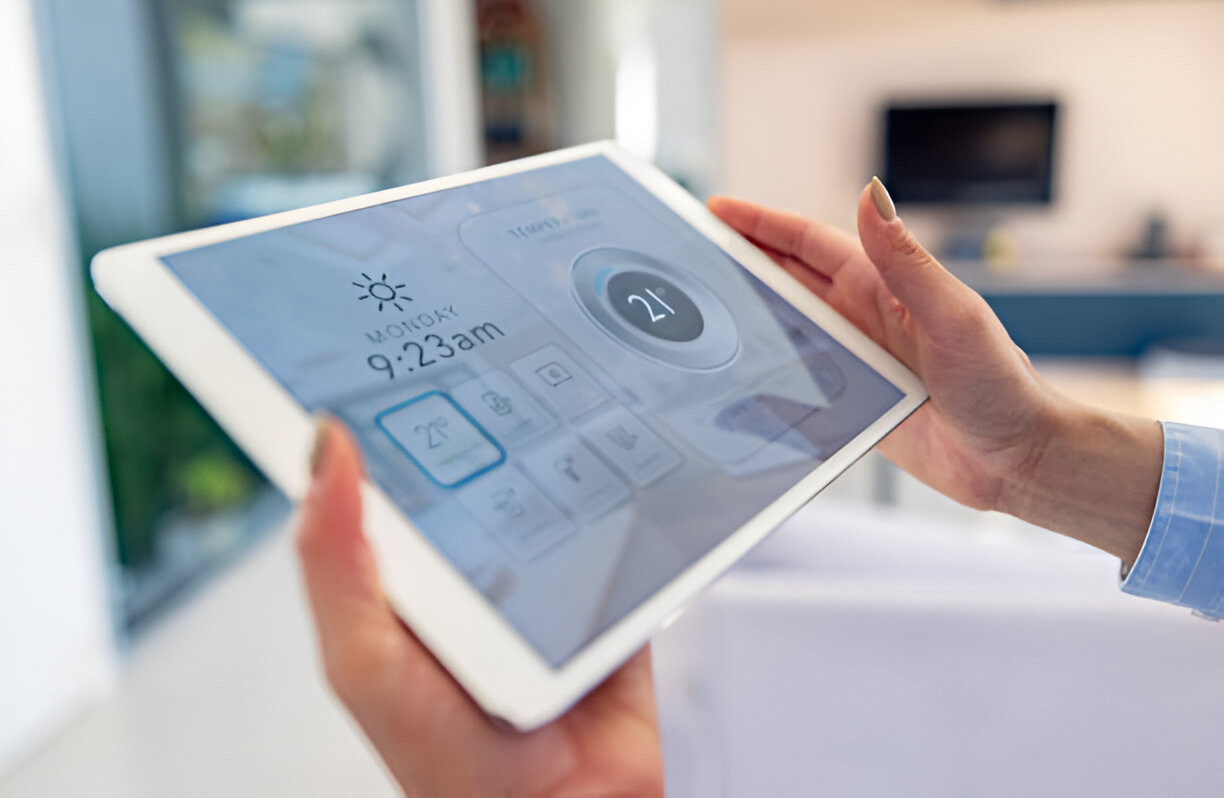
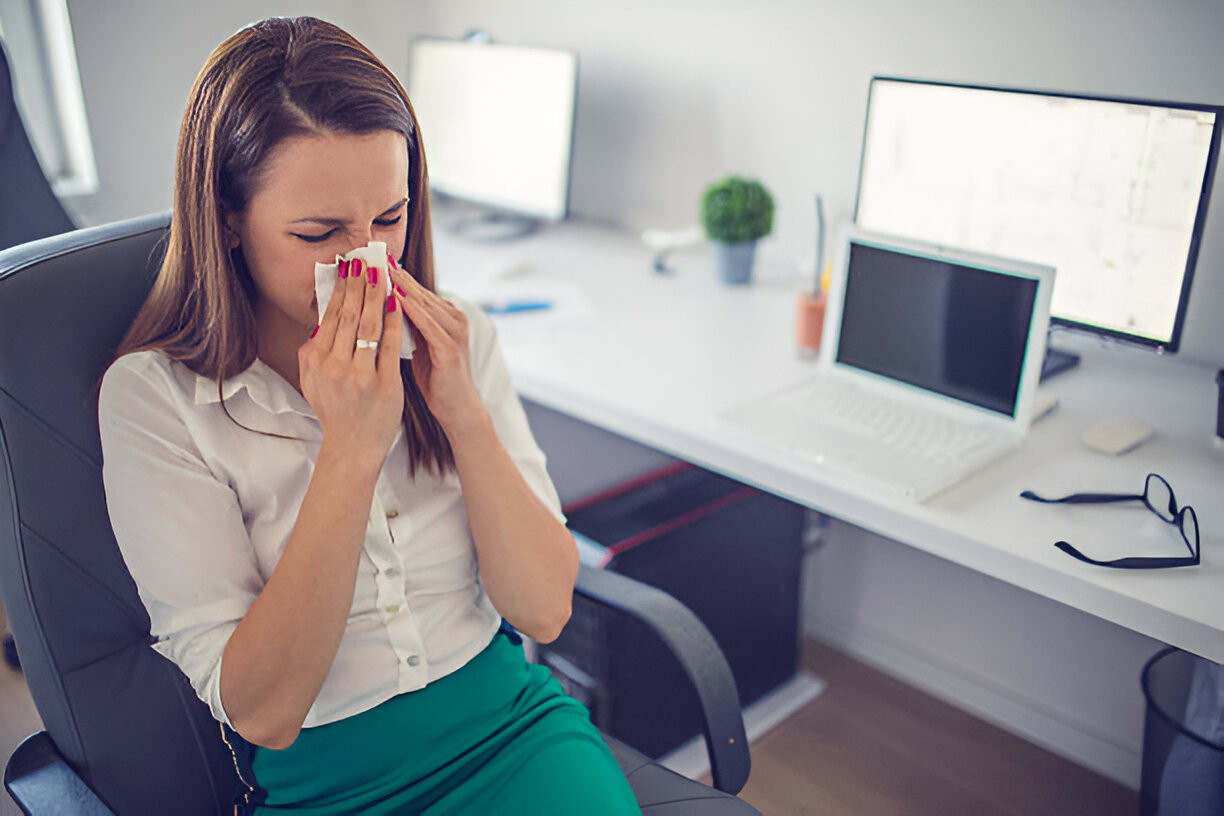
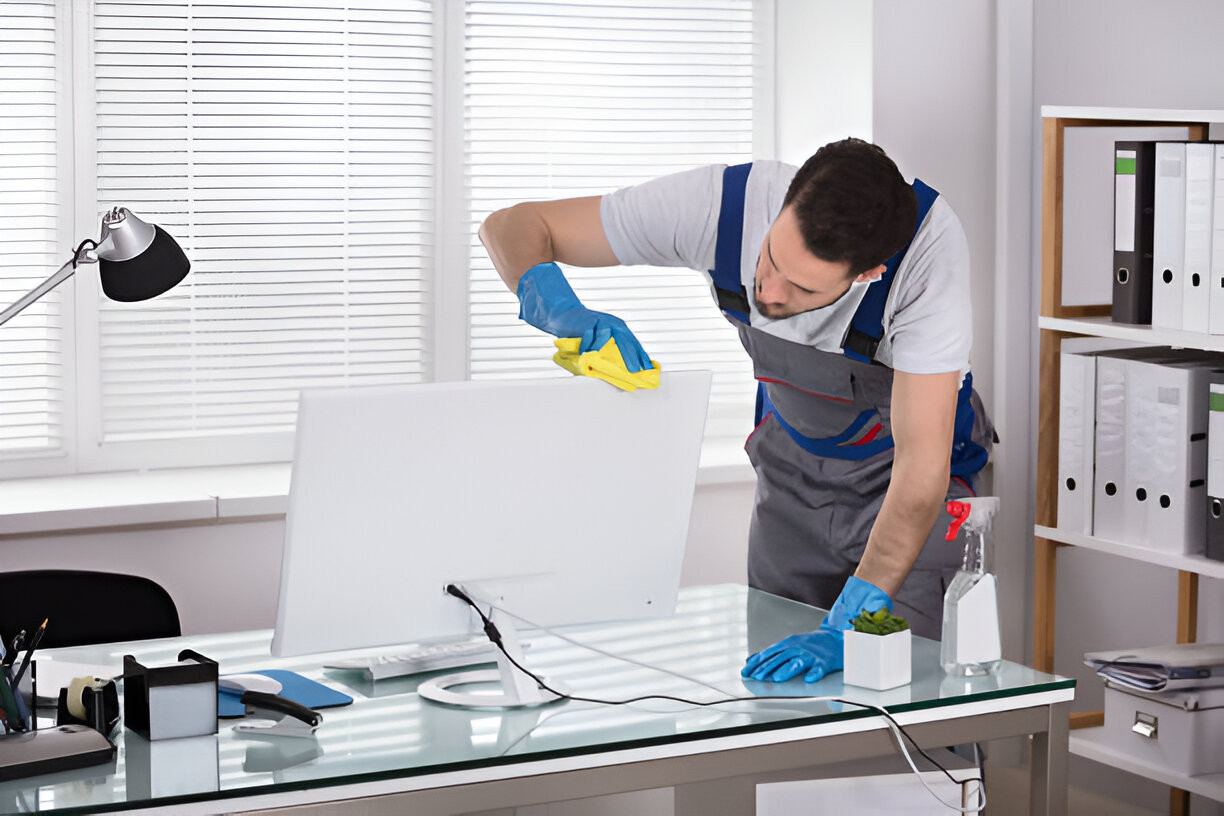
600a74899aac4.png)